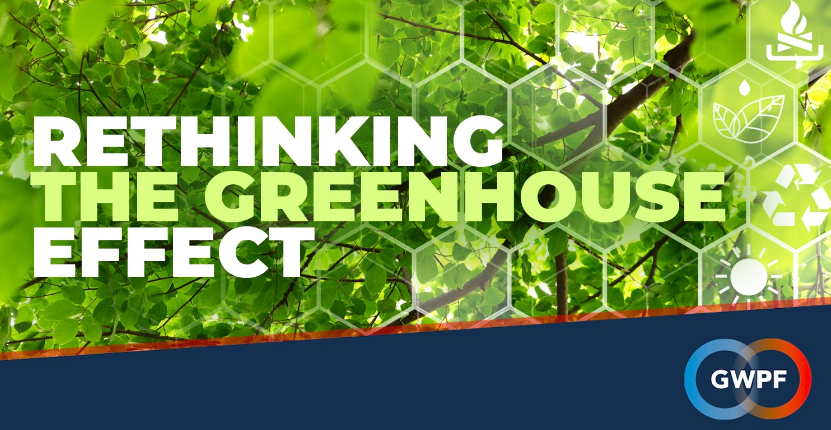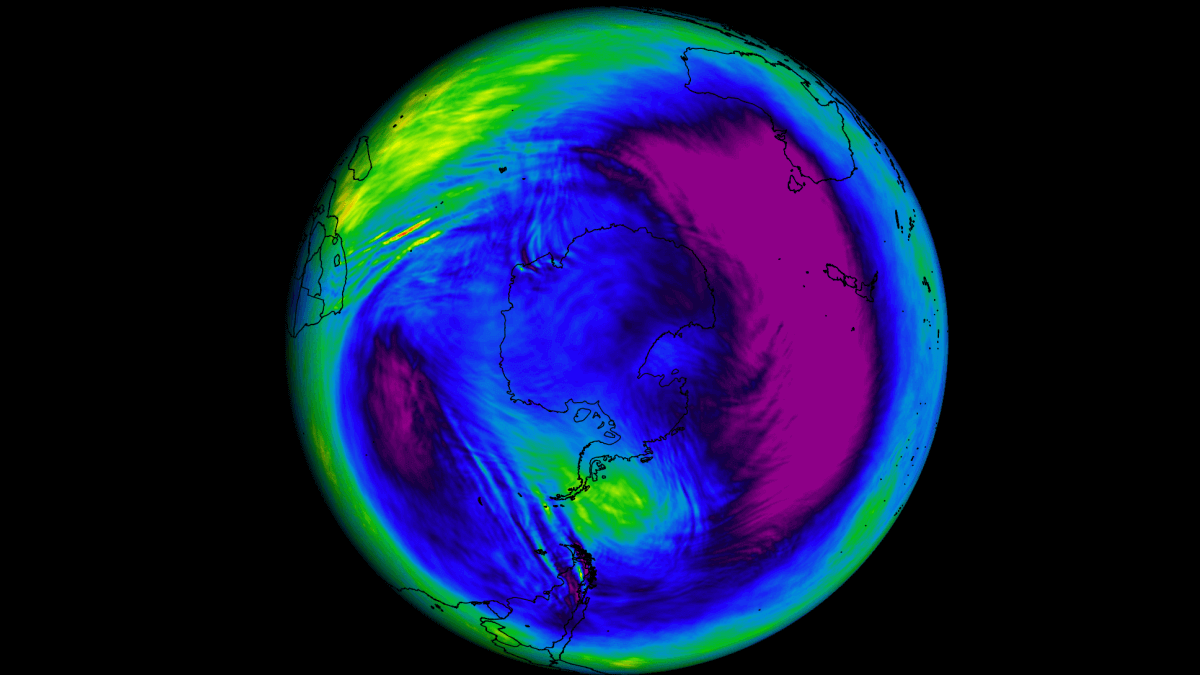by P. Homewood, Oct 13, 2022 in NotaLotofPeopleKnowThat
There’s nothing new here, but it acts as a good reminder of just bad lithium mining is for the environment:
…
Electric vehicles are promoted as the solution for combating “climate change.” Governments are currently incentivizing the production of electric vehicles, while punishing the fossil fuel industry. However, lithium mining for electric vehicles is incredibly destructive to the environment, and is about as far from “green” as one could imagine. Not to mention, most of the lithium-ion batteries produced today come from China and require water-intensive mining operations that ravage natural environments throughout Australia, Argentina and Chile. The process depletes ground water, and leaves behind toxic wastewater that contaminates fields and harms wildlife. The mining process is not carbon dioxide free, either. The mining process releases 15,000 kilograms of carbon dioxide emissions for every ton of lithium that is extracted.
There are serious environmental risks to extracting lithium for the production of lithium-ion batteries
When lithium is extracted from salt mines, the miners must drill into the salt flats and pump out a salty, mineral-rich brine. The brine is placed in large pools, so the water can evaporate out. When the brine evaporates, it leaves behind a sludge of potassium, manganese, borax and lithium salts that must be filtered out further. The process pollutes nearby aquifers and lowers the water table, interfering with water sources in the local environment.
The lithium extraction process takes several months, displaces valuable water resources, and leaves behind a toxic trail of wastewater in the local environment. It takes approximately 500,000 gallons of water to produce one ton of lithium. When mining companies head into countries like Chile, they use up a majority of the region’s water, unjustly affecting small communities.
According to the Institute of Energy Research, Chile’s Salar de Atacama is one of the driest places on Earth, yet the mining companies are allowed to use up 65% of the region’s water. After the brine is removed from the salt flats, the water table automatically falls, disrupting the natural flow of water that is needed for wells and agriculture. These large-scale disruptions can always be blamed on “climate change” as the lithium mining industry plunges ahead, with no regard for the environmental damage wrought in its wake.
Water quality, wildlife populations, and crops all adversely affected by lithium mining
…






